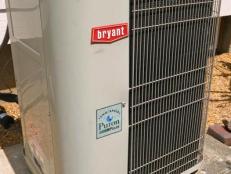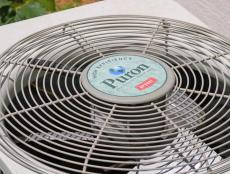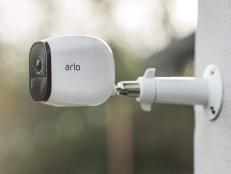What are Zigbee and Z-Wave for Home Automation?

Are you considering a home automation system to control things like heating and cooling, security, outdoor sprinkler systems and more? If so, you'll want to learn about some of the wireless technologies available to control the system and allow the various components to communicate with one another. Two of the most popular home automation system wireless technologies are ZigBee and Z-Wave. Both products offer distinct advantages and disadvantages, which might make one or the other the right choice for your home automation system.
Deep Energy Retrofit: HVAC Overhaul
See All PhotosWhen home automation was first introduced in the 1960s, modern wireless technology didn't exist yet, and so homeowners who wanted to control their homes' systems remotely needed to rely on hard-wired systems like X10 and Universal Powerline Bus (UPB). These hard-wired systems plugged directly into the home's electrical system, and because of this they were susceptible to frequent performance issues related to wiring distances, signal interference or "line noise" and phase differences. When wireless technologies emerged, they quickly began to replace older, hard-wired systems. If you're new to home automation or looking to replace an existing, hard-wired system, you'll definitely want to consider a wireless standard like ZigBee or Z-Wave.
Home automation systems integrate electrical devices with each other, and the advantages of having those devices communicate with each other wirelessly cannot be understated. The range and quality of wireless signals is often greater and more reliable than that of older hard-wired systems, and other benefits like safety (no risk of a short) and ease of use are attractive as well. In terms of ZigBee and Z-Wave, these two systems offer their own distinct benefits and weaknesses.
Z-Wave was the original wireless home automation technology, and it set the standard for competitive products. Z-Wave implemented a simple but extremely important feature—it made all devices in an automation system double as signal repeaters, a failsafe which greatly increased reliability. This also greatly increased the range of the network, since if two communicating devices were far apart, intervening devices could bridge the gap. Z-Wave is also seen as the most "user friendly" home automation wireless network, with a fairly uncomplicated setup that's recommended for beginners. Z-Wave is generally seen as a more mainstream product than ZigBee.
ZigBee is viewed as more of an expert or true enthusiast's platform—it offers a more technical approach to setup and maintenance that anyone with programming or electrical engineering skills may find appealing. One of the potential issues with ZigBee is that its devices may have difficulty communicating with those made by different manufacturers.
More: Wireless Home Automation



















































